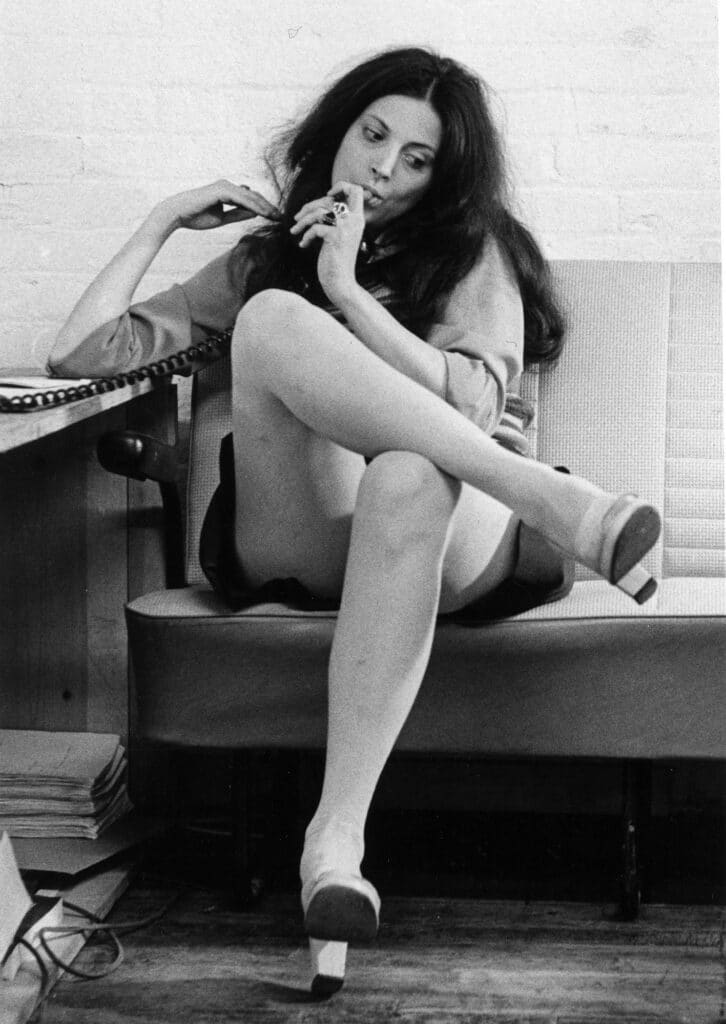Hannah Wilke, S.O.S. Starification Object Series, 1974 Collection of Michael and Sharon Young, courtesy of Alison Jacques, London © 2021 Scharlatt Family, Hannah Wilke Collection & Archive, Los Angeles / Licensed by VAGA at Artists Rights Society (ARS), NY
Long before the selfie came into vogue, American artist Hannah Wilke (1940–1993) understood the importance of harnessing the power of self-representation through photography. At the tender age of 14, the native New Yorker donned her mother’s mink stole, white pumps, and nothing else to pose for a self-portrait in front of a wall bearing her birth name, Arlene H. Butler — lest anyone not know exactly who she was.
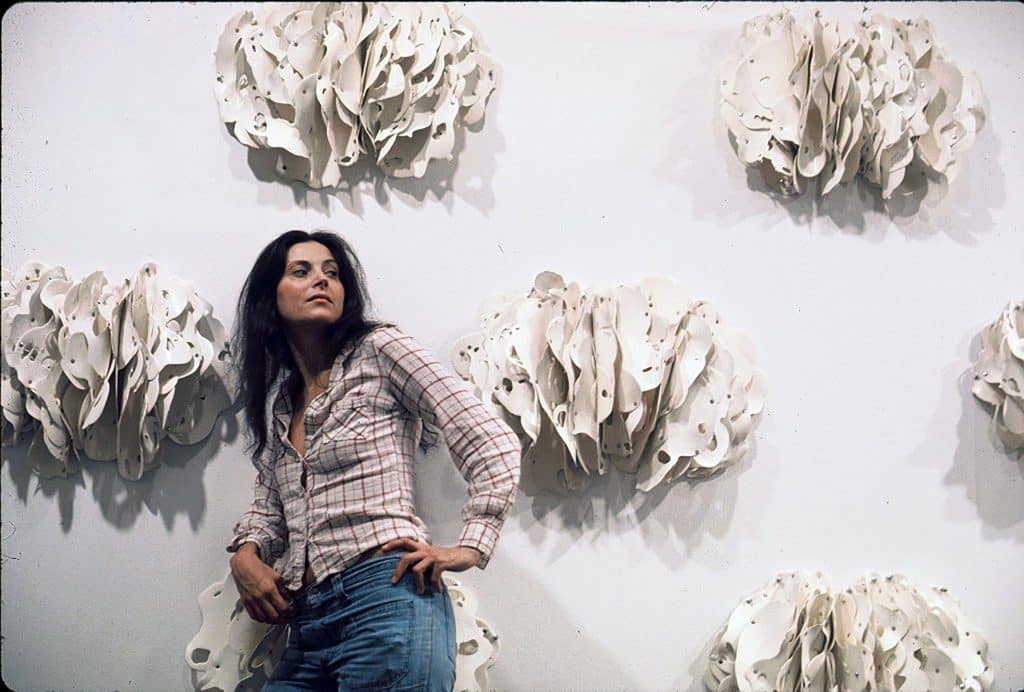
“I become my art, my art becomes me…. My heart is hard to handle, my art is too,” Wilke wrote in a letter published in the 1975 book, Art: A Woman’s Sensibility (California Institute of the Arts). With the understanding that a woman laying claim to her own body was a transgressive act, Wilke rose to prominence doing just that. Working as a photographer, sculptor, video artist, and performance artist who turned the female gaze on herself, Wilke’s art acted as a Rorschach Test — admiration and criticism revealing more about the viewer than the art itself.
Emblematic of the revolutionary times in which she lived, Wilke emerged from the 1960s with a practice that reshaped the conversation about the relationship between feminism, art, and the role of women in society just as the Women’s Liberation Movement took off. She used her work to establish an iconography that centers the female body and pleasure at a time when such topics were taboo and largely excluded from the male-dominated provenance of art history.
Hannah Wilke: Art for Life’s Sake, the first major presentation of the artist’s work in over ten years, brings together more than 100 iconic and rarely shown works on paper, photographs, video, and sculpture. The exhibition provides a fascinating look at the ways in which Wilke developed a profound and provocative iconography whose influence can be fully felt some three decades after her untimely death from lymphoma.
The Personal Is Political
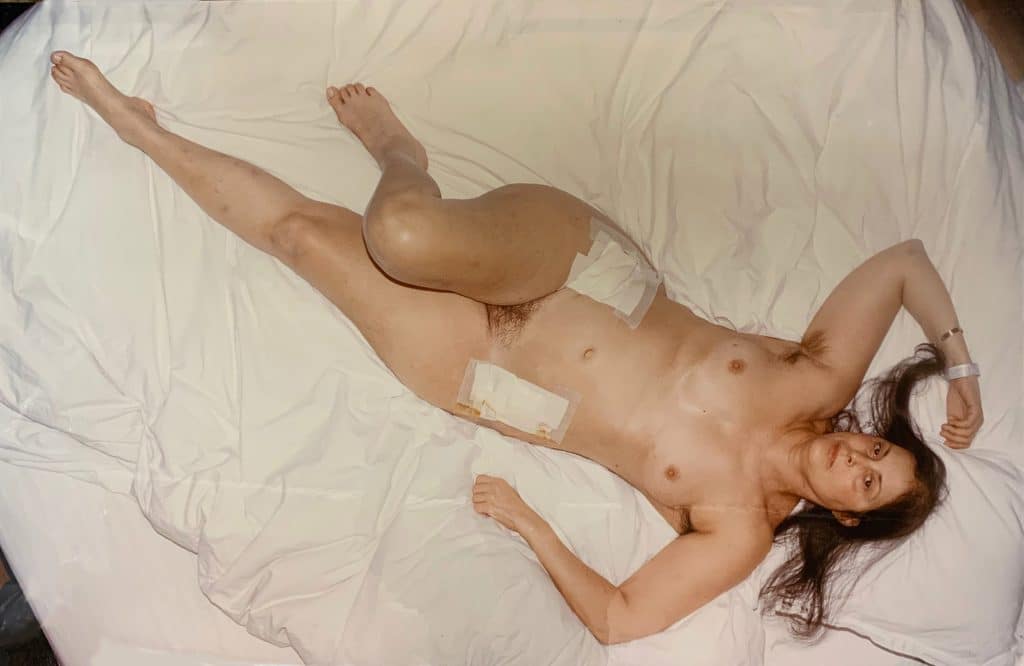
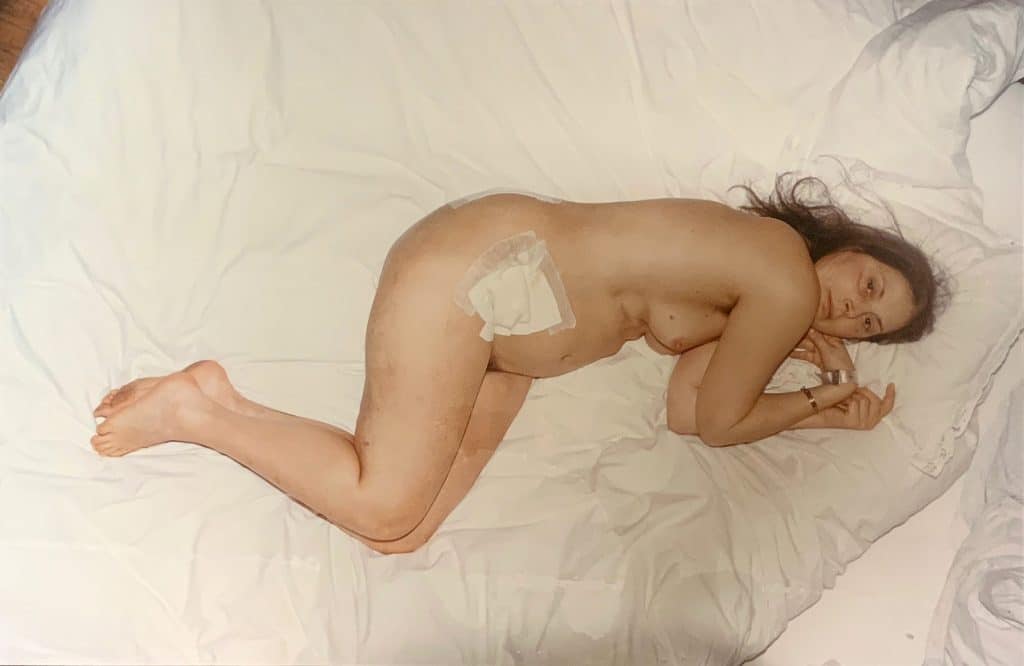
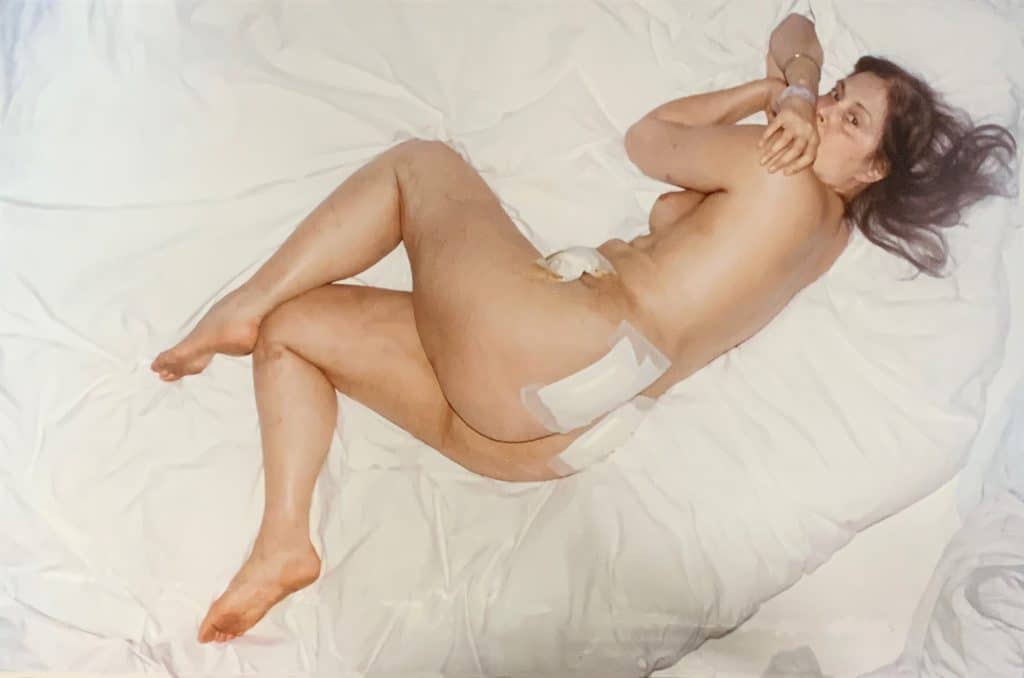
“Since 1960, I have been concerned with the creation of a formal imagery that is specifically female, a new language that fuses mind and body into erotic objects that are namable and at the same time quite abstract. Its content has always related to my own body and feelings,” Wilke wrote in an application for a 1976 Guggenheim Foundation Grant.
Wilke coined the term “Performalist Self-Portrait” to describe the works she created alongside those she directed others to make. In this manner, it is the subject who is the artist and controls the rights, a sensibility shared by many celebrities today who are brands in their own right. Being conventionally attractive, Wilke received criticism from those who felt her acts of exhibitionism smacked of narcissism and self-exploitation. “People give me this bullshit of, ‘What would you have done if you weren’t so gorgeous?’ What difference does it make?” Wilke told Marvin Jones in 1985. “Gorgeous people die as do the stereotypical ‘ugly.’ Everybody dies.”
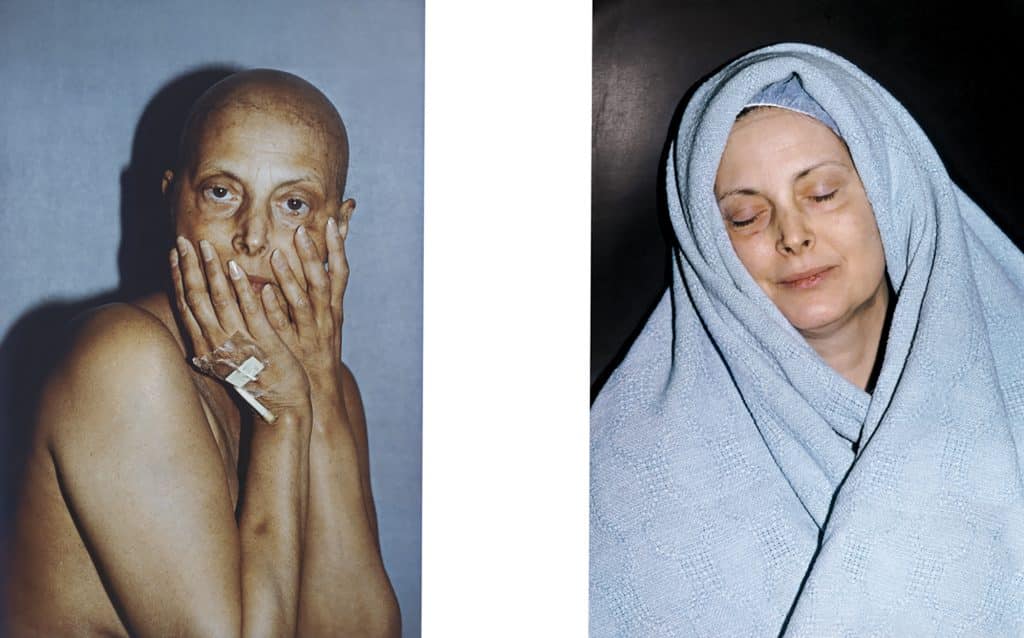
It’s a poignant and prescient statement given the trajectory Wilke’s life, and therefore art, would take. She photographed her mother fighting cancer, then images of herself doing the same for the series “Intra-Venus”, which was exhibited a year after her death at the Ronald Feldman Gallery. As the specter of death looms in these photographs, Wilke reminds us that courage is for the living in all its forms.
By Miss Rosen
Miss Rosen is a New York-based writer focusing on art, photography, and culture. Her work has been published in books, magazines, including Time, Vogue, Aperture, and Vice, among others.
Hannah Wilke: Art for Life’s Sake, through January 16, 2022, Pulitzer Arts Foundation, 3716 Washington Blvd, St. Louis, MO 63108, YSA
